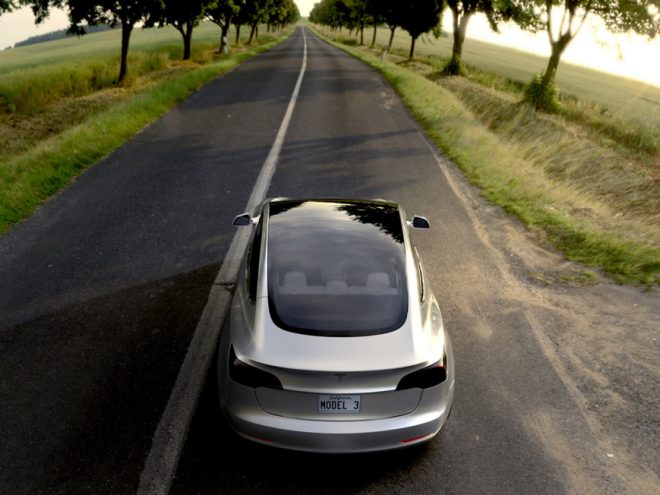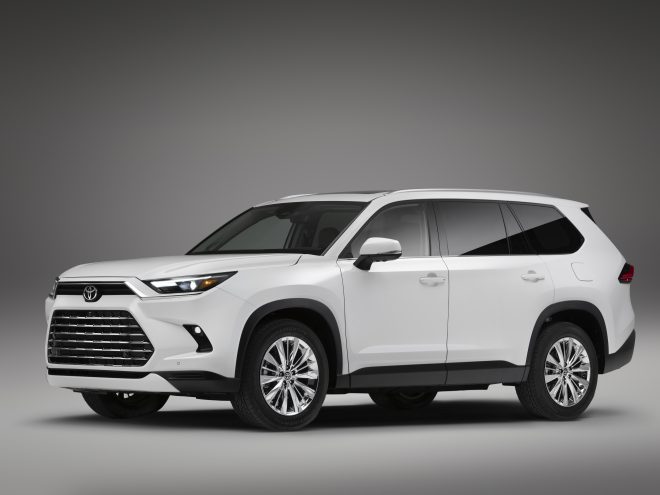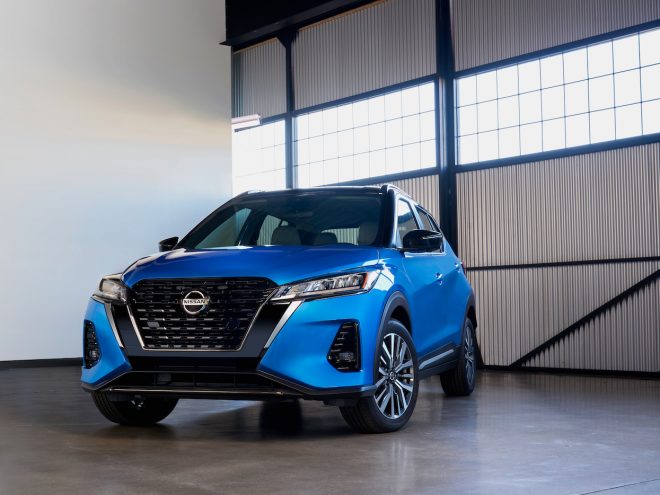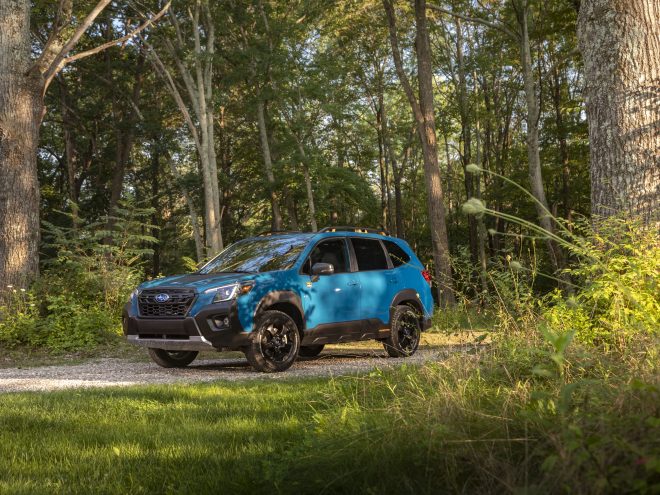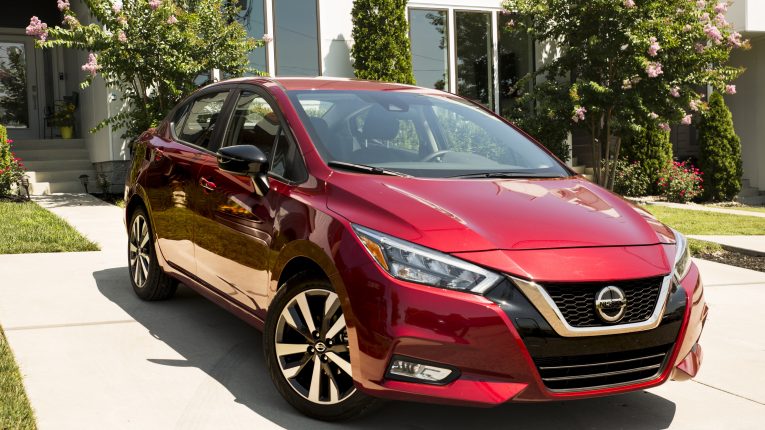
The Drive Towards Safety: Technologies Steering Us to Smarter Driving
In today’s fast-paced world, where mobility is synonymous with freedom, the rise in vehicular traffic inevitably leads to a higher risk of road accidents. However, with the dawn of new technologies, we are now witnessing the evolution of smarter, safer drivers. Innovations in the automotive and tech industries are rapidly merging, with the goal of reducing car crashes and making our roads safer. This article delves into the key technologies that are shaping the future of driving by fostering a generation of smarter, more alert drivers.
1. Advanced Driver Assistance Systems (ADAS)
ADAS is an umbrella term for a variety of technologies designed to assist drivers in the driving process and enhance vehicle safety. These systems use a combination of cameras, sensors, and algorithms to detect potential hazards and either alert the driver or take corrective action. Examples include:
• Lane Departure Warning (LDW): Alerts drivers if they start drifting out of their lane without using the turn signal.
• Forward Collision Warning (FCW): Warns drivers of an impending collision with a vehicle in front.
• Automatic Emergency Braking (AEB): Actively applies the brakes if a potential collision is detected and the driver doesn’t react in time.
2. Adaptive Cruise Control
Gone are the days of traditional cruise control systems. Adaptive cruise control adjusts the vehicle’s speed based on the traffic conditions. Using radar or cameras, it maintains a safe distance from the vehicle in front, slowing down or speeding up as necessary.
3. Blind Spot Detection
Blind spots are areas around a vehicle that are not directly visible to the driver. With the aid of sensors, the blind spot detection system alerts the driver when another vehicle enters these areas, reducing the chances of side collisions.
4. Driver Monitoring Systems
Driver fatigue and distraction are significant contributors to road accidents. Modern cars come equipped with driver monitoring systems that use cameras and sensors to analyze the driver’s eye movements, facial expressions, and head position. If signs of drowsiness or distraction are detected, the system issues an alert, prompting the driver to take a break or focus on the road.
5. Vehicle-to-Everything (V2X) Communication
V2X encompasses a range of technologies that allow vehicles to communicate with each other and with infrastructure such as traffic lights and road signs. By sharing information about speed, direction, and location, vehicles can anticipate potential hazards, optimize traffic flow, and reduce collisions.
6. Augmented Reality (AR) Head-Up Displays
Traditional head-up displays project crucial driving information onto the windshield, allowing drivers to access data without taking their eyes off the road. AR takes this a step further by overlaying real-time visuals, such as navigation arrows or hazard warnings, directly onto the driver’s view of the road.
7. Parking Assistance and Autonomous Parking
Parallel parking can be a challenging task, even for experienced drivers. Parking assistance systems provide real-time guidance, with visual and auditory cues, to help drivers park safely. Some advanced systems even offer autonomous parking, where the vehicle parks itself with minimal input from the driver.
8. Telematics and Real-time Feedback
Telematics systems collect and analyze data about a vehicle’s operation and the driver’s behavior. By providing real-time feedback, they encourage safer driving habits. For instance, feedback on harsh braking or rapid acceleration can nudge drivers towards smoother, safer driving.
9. Connected Mobile Applications
Many automakers now offer dedicated mobile apps that sync with vehicles. These apps can provide real-time traffic alerts, hazard warnings, and even maintenance reminders. By keeping drivers informed and proactive, these apps contribute to safer driving environments.
10. Over-the-Air (OTA) Updates
As vehicles become more software-driven, the ability to update their systems becomes crucial. OTA updates allow manufacturers to send software patches and improvements directly to vehicles, ensuring that they always have the latest safety features and fixes.
The fusion of technology and transportation promises a future where car crashes become a rarity rather than a regular occurrence. As these technologies become more widespread and integrated, we can anticipate a paradigm shift in driving behaviors and road safety standards. These innovations not only make drivers smarter but also emphasize the collective responsibility we share in making our roads safer. The journey towards zero road fatalities is long, but with the aid of technology, it’s a destination well within our reach.

